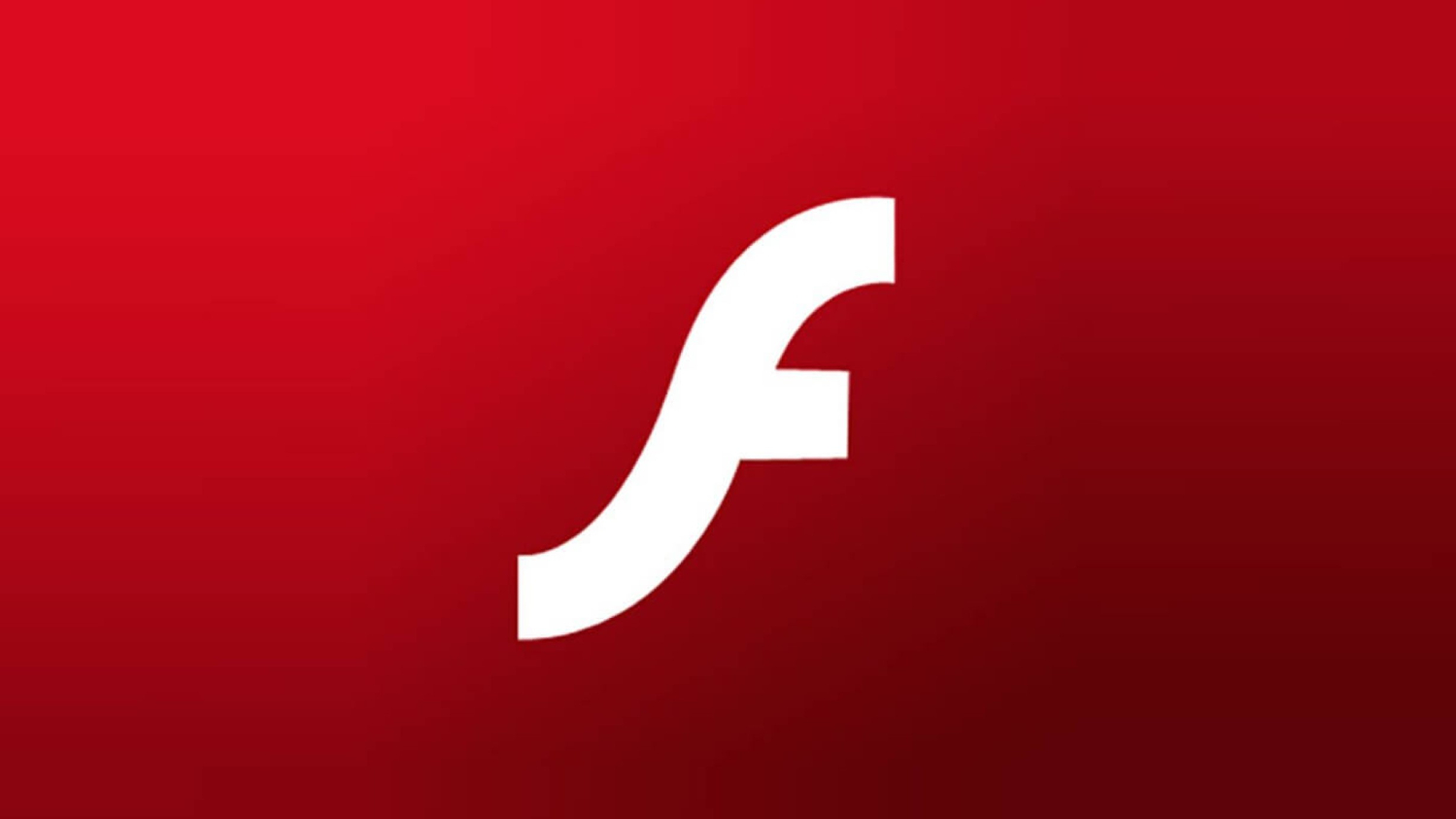Windows 10 update will kill Adobe Flash for good: What this means for you
Don't worry, you can still watch Salad Fingers

Earlier this week, Microsoft revealed it would be removing Adobe Flash support from all Windows 10 PCs after Adobe's platform reached its end of life at the start of this year.
Flash will be removed this summer in an "Update for Removal of Adobe Flash Player" designed to permanently get rid of the software. It will be a mandatory update starting in July although Windows 10 version 21H1 will also remove Flash this month.
“Starting in June 2021, the KB4577586 'Update for Removal of Adobe Flash Player' will be included in the Preview Update for Windows 10, version 1809 and above platforms," Microsoft wrote in a blog post. "It will also be included in every subsequent Latest Cumulative Update.”
This update will also be available for those who are still running Windows 8.1, Windows Server 2012 and Windows Embedded 8 Standard. Remember, Windows 7 is no longer supported by Microsoft, and we strongly recommend updating your systems to Windows 10 for the latest security patches.
What this means for you
You might recall using Adobe Flash at some point, but don't worry, you probably won't notice its death. The software has been on life support for the past few years after taking a crushing blow when Apple said in 2010 that Flash would not run on the iPhone.
In its heyday, the early 2000s, Flash could be found on almost every system. And as recently as 2013, Adobe said 400 million of the more than 1 billion systems with Flash had updated to the latest software within two months of it being released. If you're unfamiliar with Adobe Flash, it was used as a means of viewing or interacting with multimedia content, especially for watching videos or playing web-based games. It was a platform on which creators could build basic animations that could be viewed by millions of people.
But Flash couldn't keep up with the exponential growth of the web. As the internet became faster and sleeker, Flash became a clunky problem. It was criticized for various security vulnerabilities as well as the resources it consumed, particularly on mobile.
Sign up to receive The Snapshot, a free special dispatch from Laptop Mag, in your inbox.
As a result, modern browsers stopped supporting the format, with Chrome removing the Flash plug-in in January after requiring you to manually enable it in the first place. Microsoft Edge, Mozilla Firefox and Apple Safari have also abandoned Adobe Flash.
The good news is that modern videos, games, and other types of multimedia are no longer hosted on Adobe Flash. As a result, you won't run into compatibility issues when streaming on YouTube, ESPN+ or any other services, and most web-based games have found newer formats.
If you're dying to get a rush of nostalgia by playing an old web game or watching your favorite animated shows, the Windows 10 update will not remove third-party plug-ins of the Flash player, only the one bundled with the OS. But your best bet is to visit YouTube where many older flash videos now live, or to check out the Internet Archive, a collection of games that have been rescued from extinction.
Phillip Tracy is the assistant managing editor at Laptop Mag where he reviews laptops, phones and other gadgets while covering the latest industry news. After graduating with a journalism degree from the University of Texas at Austin, Phillip became a tech reporter at the Daily Dot. There, he wrote reviews for a range of gadgets and covered everything from social media trends to cybersecurity. Prior to that, he wrote for RCR Wireless News covering 5G and IoT. When he's not tinkering with devices, you can find Phillip playing video games, reading, traveling or watching soccer.

